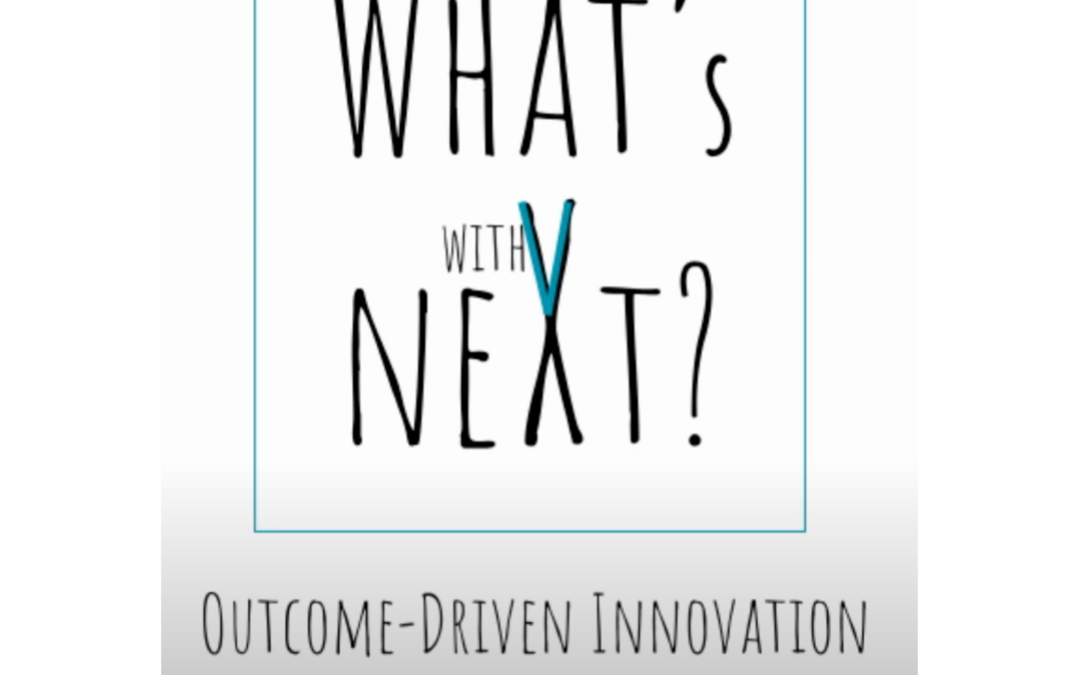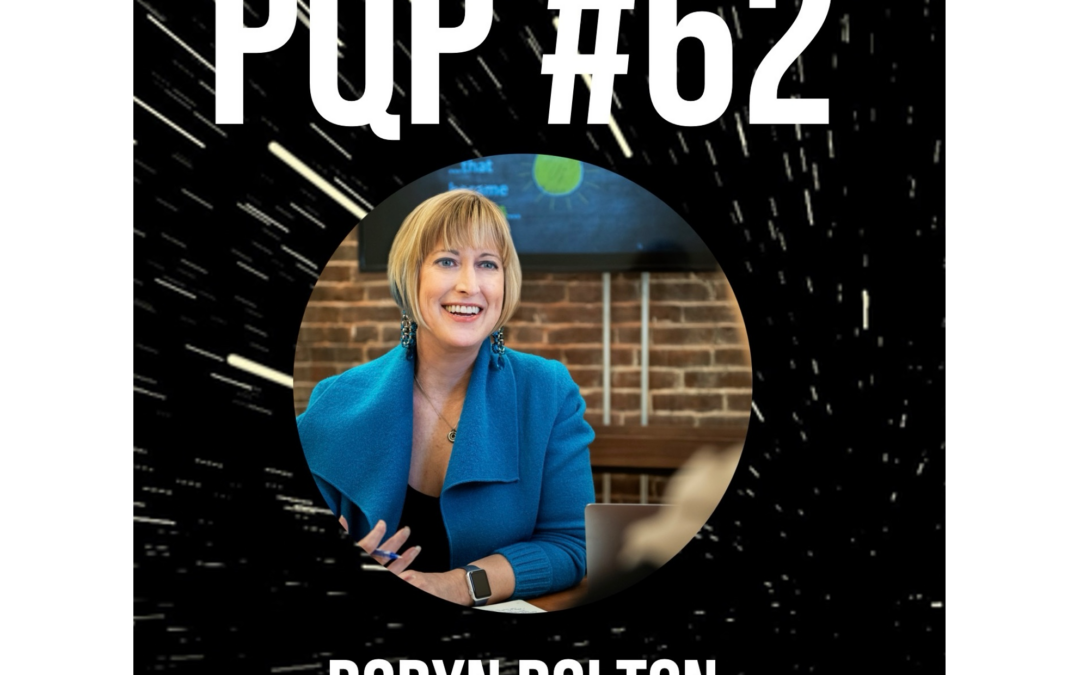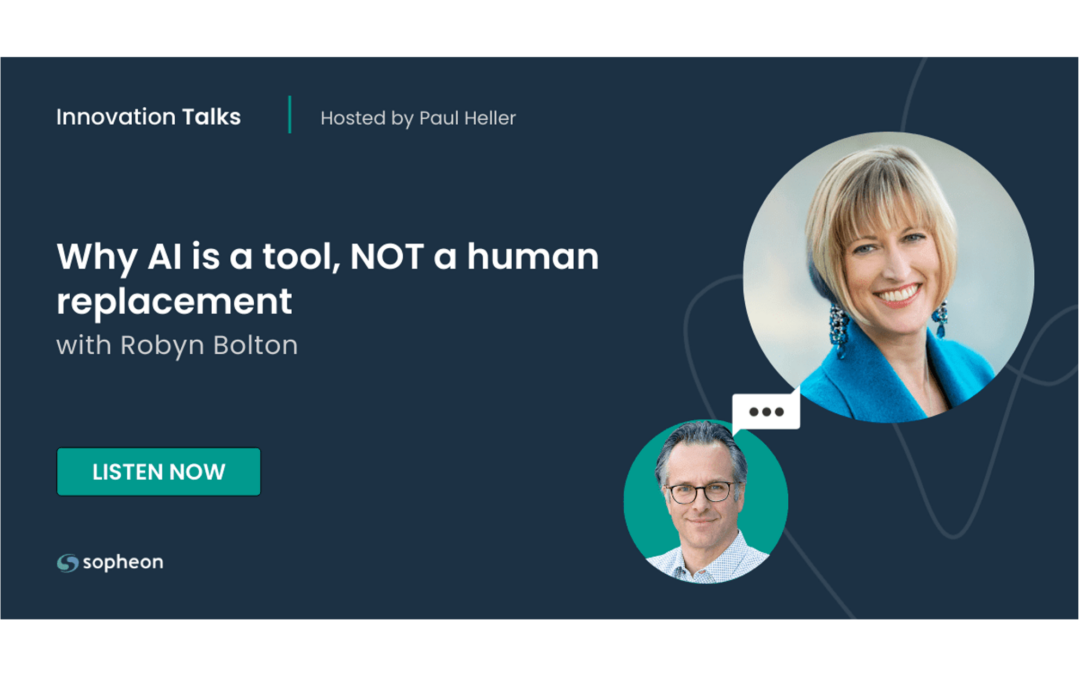


Kodak. Blockbuster. Google? Is Disruption Claiming a New Victim?
You know the stories. Kodak developed a digital camera in the 1970s, but its images weren’t as good as film images, so it ended the project. Decades later, that decision ended Kodak. Blockbuster was given the chance to buy Netflix but declined due to its paltry library of titles (and the absence of late fees). A few years later, that decision led to Blockbuster’s decline and demise. Now, in the age of AI, disruption may be about to claim another victim – Google.
A very brief history of Google’s AI efforts
In 2017, Google Research invented Transformer, a neural network architecture that could be trained to read sentences and paragraphs, pay attention to how the words relate to each other, and predict the words that would come next.
In 2020, Google developed LaMDA, or Language Model for Dialogue Applications, using Transformer-based models trained on dialogue and able to chat.
Three years later, Google began developing its own conversational AI using its LaMDA system. The only wrinkle is that OpenAI launched ChatGPT in November 2022.
Now to The Financial Times for the current state of things
“In early 2023, months after the launch of OpenAI’s groundbreaking ChatGPT, Google was gearing up to launch its competitor to the model that underpinned the chatbot.
.
The search company had been testing generative AI software internally for several months by then. But as the company rallied its resources, multiple competing models emerged from different divisions within Google, vying for internal attention.”
That last sentence is worrying. Competition in the early days of innovation can be great because it pushes people to think differently, ask tough questions, and take risks. But, eventually, one solution should emerge as superior to the others so you can focus your scarce resources on refining, launching, and scaling it. Multiple models “vying for internal attention” so close to launch indicate that something isn’t right and about to go very wrong.
“None was considered good enough to launch as the singular competitor to OpenAI’s model, known as ChatGPT-4. The company was forced to postpone its plans while it tried to sort through the scramble of research projects. Meanwhile, it pushed out a chatbot, Bard, that was widely viewed to be far less sophisticated than ChatGPT.”
Nothing signals the threat of disruption more than “good enough.” If Google, like most incumbent companies, defined “good enough” as “better than the best thing out there,” then it’s no surprise that they wouldn’t want to launch anything.
What’s weird is that instead of launching one of the “not good enough” models, they launched Bard, an obviously inferior product. Either the other models were terrible (or non-functional), or different people were making different decisions to achieve different definitions of success. Neither is a good sign.
“When Google’s finished product, Gemini, was finally ready nearly a year later, it came with flaws in image generation that CEO Sundar Pichai called ‘completely unacceptable’ – a let-down for what was meant to be a demonstration of Google’s lead in a key new technology.”
“A let-down” is an understatement. You don’t have to be first. You don’t have to be the best. But you also shouldn’t embarrass yourself. And you definitely shouldn’t launch things that are “completely unacceptable.”
What happens next?
Disruption takes a long time and doesn’t always mean death. Blackberry still exists, and integrated steel mills, one of Clayton Christensen’s original examples of disruption, still operate.
AI, LLMs, and LaMDAs are still in their infancy, so it’s too early to declare a winner. Market creation and consumer behavior change take time, and Google certainly has the knowledge and resources to stage a comeback.
Except that that knowledge may be their undoing. Companies aren’t disrupted because their executives are idiots. They’re disrupted because their executives focus on extending existing technologies and business models to better serve their best customers with higher-profit offerings. In fact, Professor Christensen often warned that one of the first signs of disruption was a year of record profits.
In 2021, Google posted a profit of $76.033 billion. An 88.81% increase from the previous year.
2022 and 2023 profits have both been lower.

Product Quest Podcast

Innovation Talks

Eavesdrop Your Way to Millions: How Listening to Customers Unlocked Exponential Growth
It’s easy to get caught up in the hunt for unique insights that will transform your business, conquer your competition, and put you on an ever-accelerating path to growth. But sometimes, the most valuable insights can come from listening to customers in their natural environment. That’s precisely what happened when I eavesdropped on a conversation at a local pizza joint. What I learned could be worth millions to your business.
A guy walked into a pizza place.
Last Wednesday, I met a friend for lunch. As usual, I was unreasonably early to the local wood-fired pizza joint, so I settled into my chair, content to spend time engaged in one of my favorite activities – watching people and eavesdropping on their conversations.
Although the restaurant is on the main street of one of the wealthier Boston suburbs, it draws an eclectic crowd, so I was surprised when a rather burly man in a paint-stained hoodie flung open the front door. As he stomped to the take-out order window, dust fell from his shoes, and you could hear the clanging of tools in his tool belt. He placed his order and thumped down at the table next to me.
A Multi-Million Dollar Chat
He pulled out his cell phone and made a call. “Hey, yeah, I’m at the pizza place, and they need your help. Yeah, they hate their current system, but they don’t have the time to figure out a new one or how to convert. Yeah, ok, I’ll get his number. Ok if I give him yours. Great. Thanks.”
A few minutes later, his order was ready, and the manager walked over with his pizza.
Hoodie-guy: “Hey, do you have a card?”
Manager: “No, I don’t. Something I can help you with?”
H: “I just called a friend of mine. He runs an IT shop, and I told him you’re using the RST restaurant management system, and you hate it…”
M: “I hate it so much…”
H: “So my buddy’s business can help you change it. He’s helped other restaurants convert away from RST, and he’d love to talk to you or the owner.”
M: “I’m one of the co-owners, and I’d love to stop using RST, but we use it for everything – our website, online ordering, managing our books, everything. I can’t risk changing.”
H: “That’s the thing, my friend does it all for you. He’ll help you pick the new system, set it up, migrate you from the other system, and ensure everything runs smoothly. You have nothing to worry about.”
M: “That would be amazing. Here’s my direct line. Have him give me a call. And if he’s good, I can guarantee you that every other restaurant on this street will change, too. We all use RST, and we all hate it. We even talked about working together to find something better, but no one had time to figure everything out.”
They exchanged numbers, and the hoodie guy walked out with his pizza. The manager/owner walked back to the open kitchen, told his staff about the conversation, and they cheered. Cheered!
Are You Listening?
In just a few minutes of eavesdropping, I uncovered a potential goldmine for a B2B business – 15 frustrated customers, all desperate to switch from a system they hate but unable to do so due to time and resource constraints. The implications are staggering – an entire local market worth tens of millions of dollars ripe for the taking simply by being willing to listen and offer a solution.
As a B2B leader, the question is: are you truly tapping into the insights right in front of you? When was the last time you left your desk, observed your customers in their natural habitat, and listened to their unvarnished feedback? If you’re not doing that, you’re missing out on opportunities that could transform your business.
The choice is yours. Will you stay in your office and rely on well-worn tools, or venture into the wild and listen to your customers? Your answer could be worth millions.